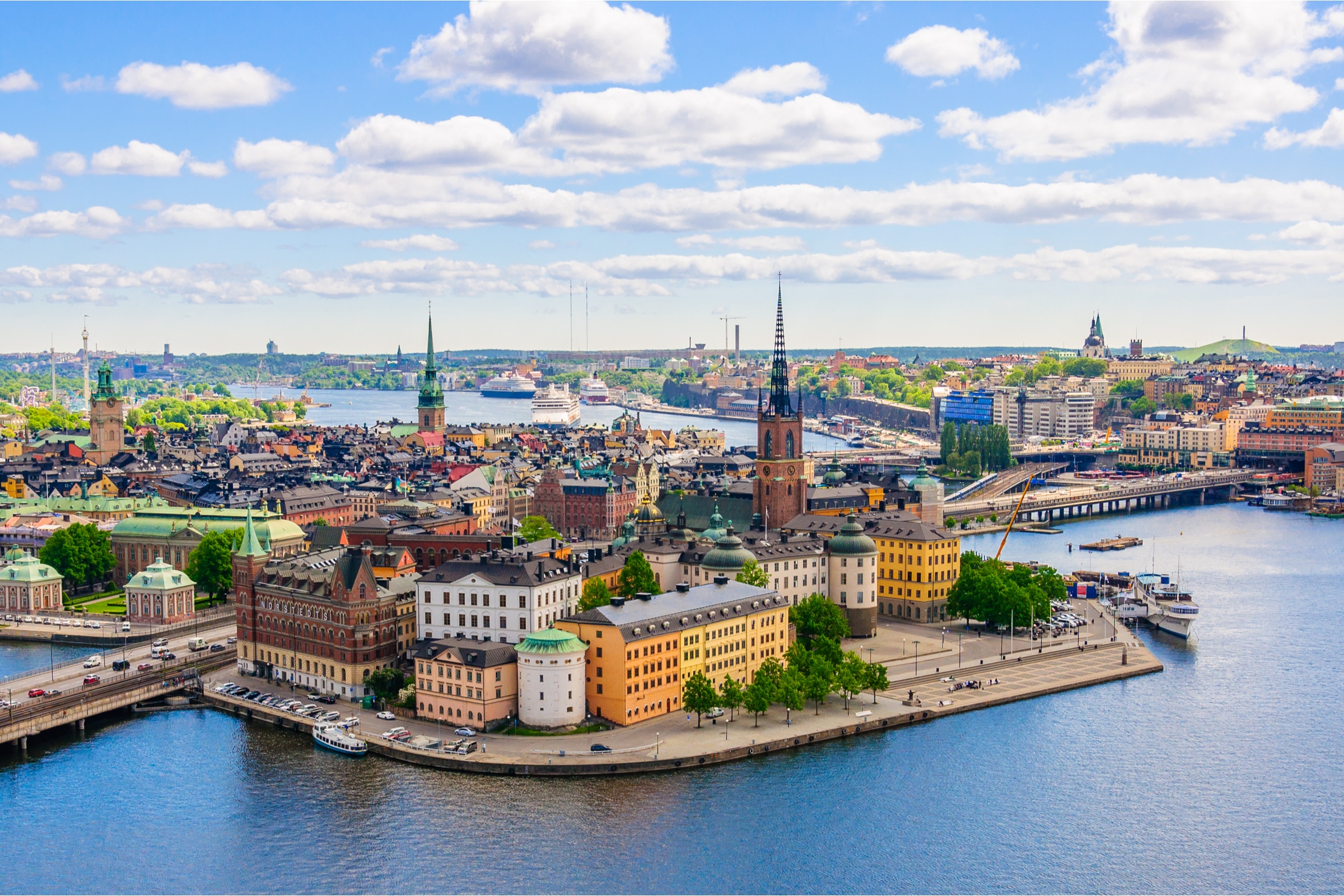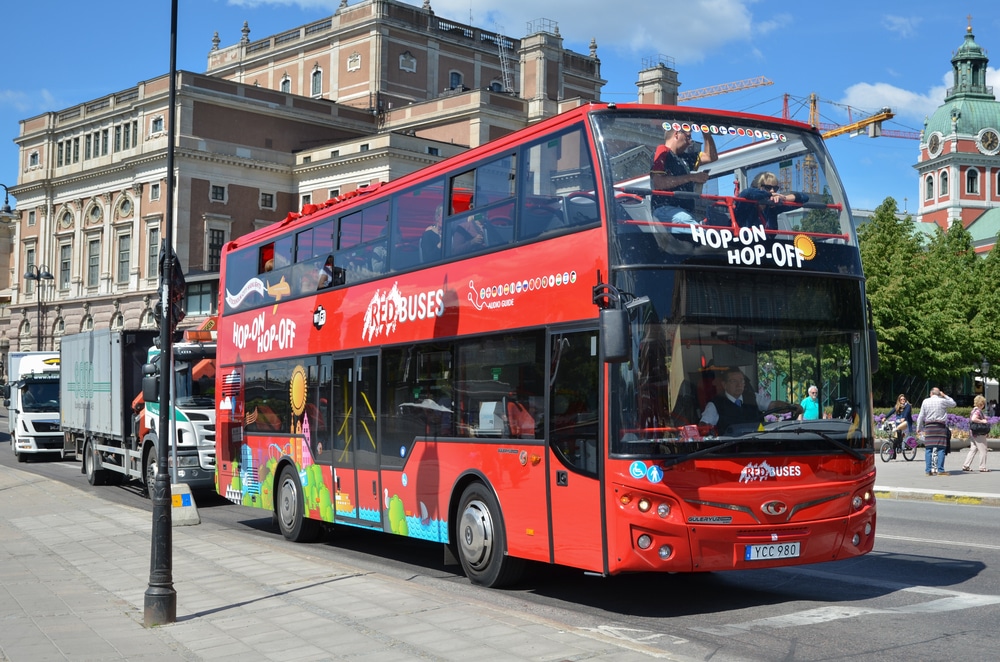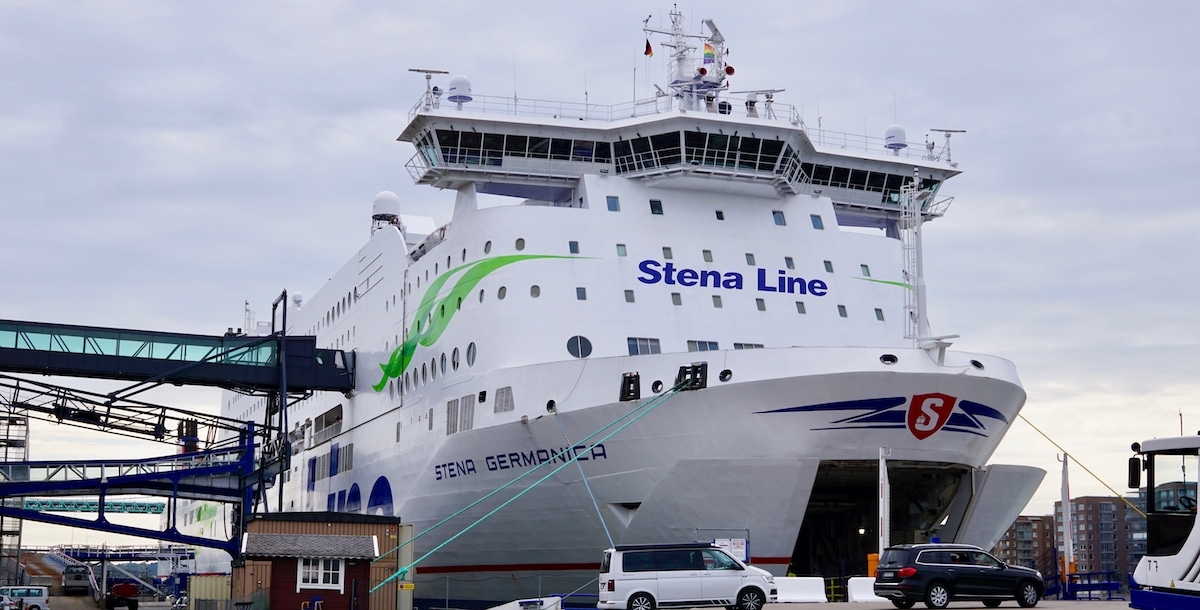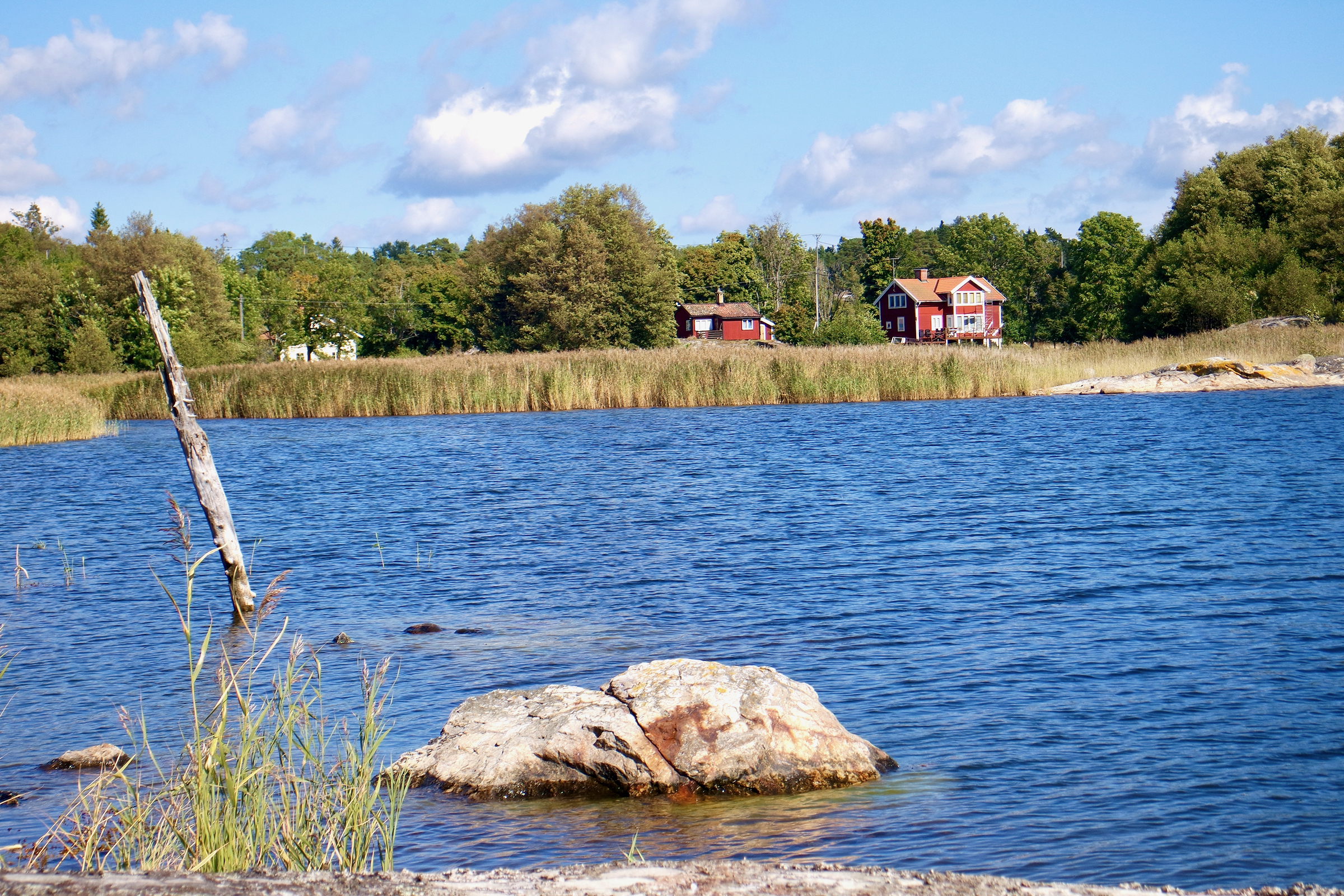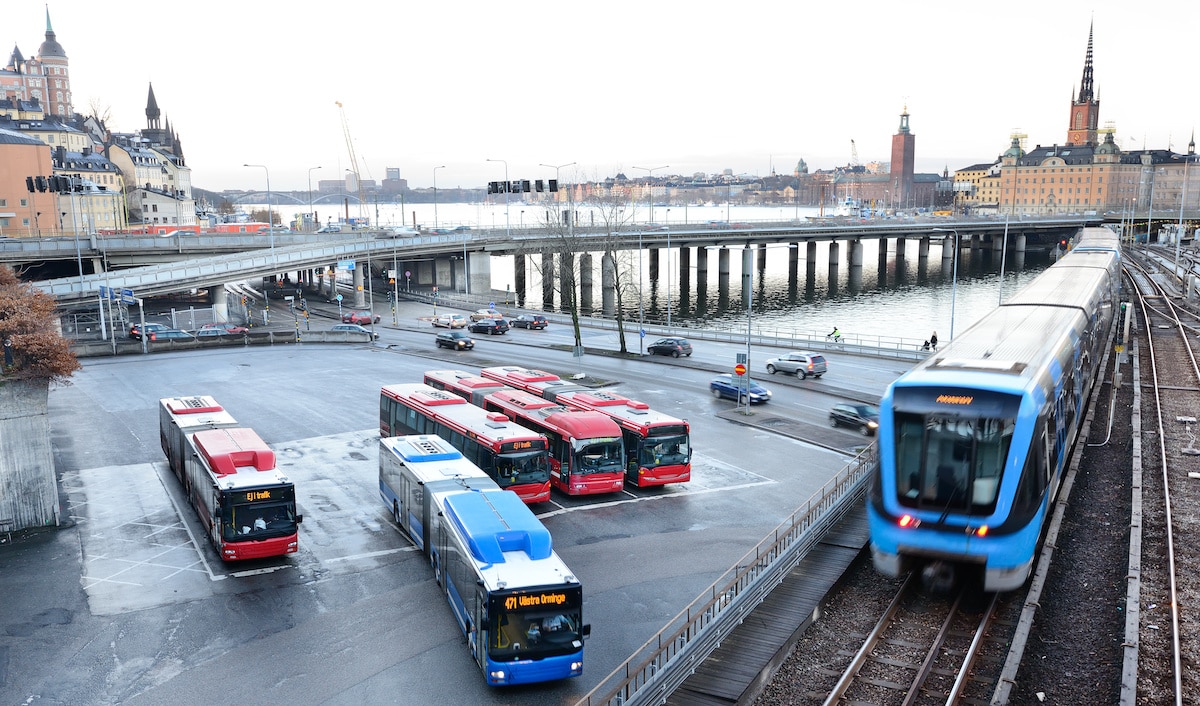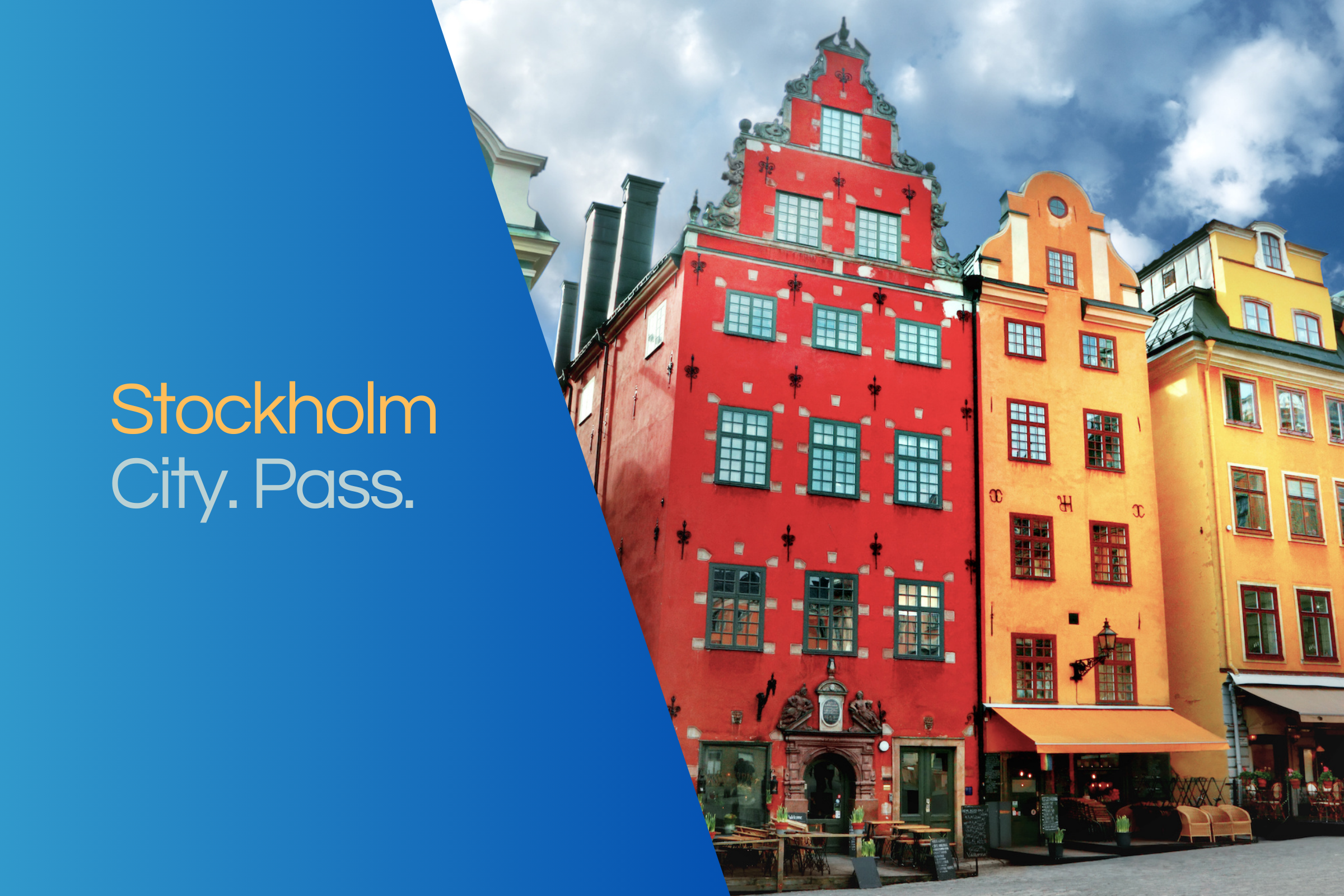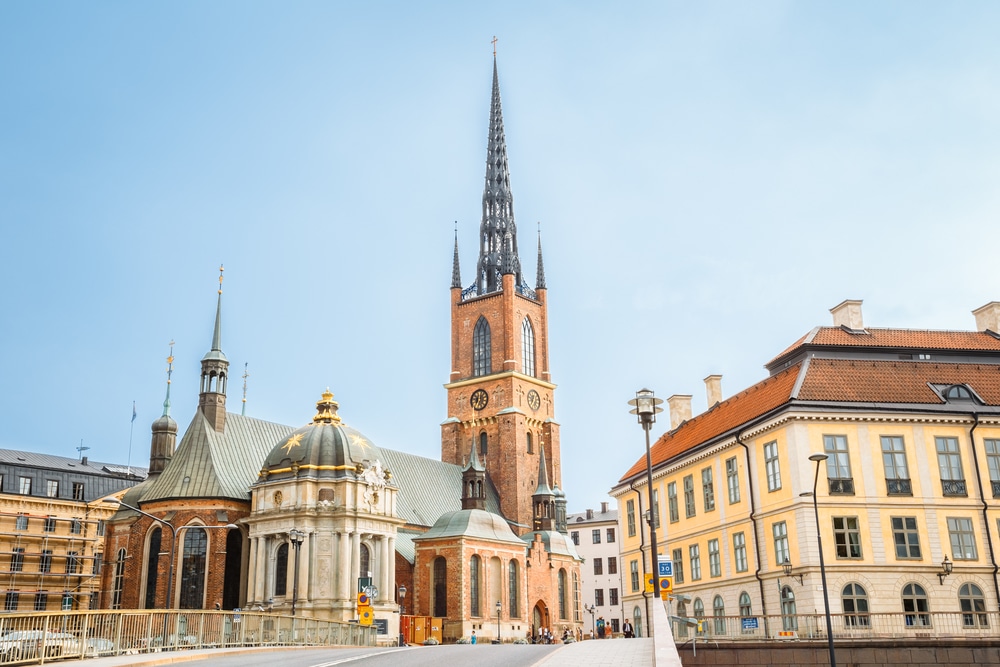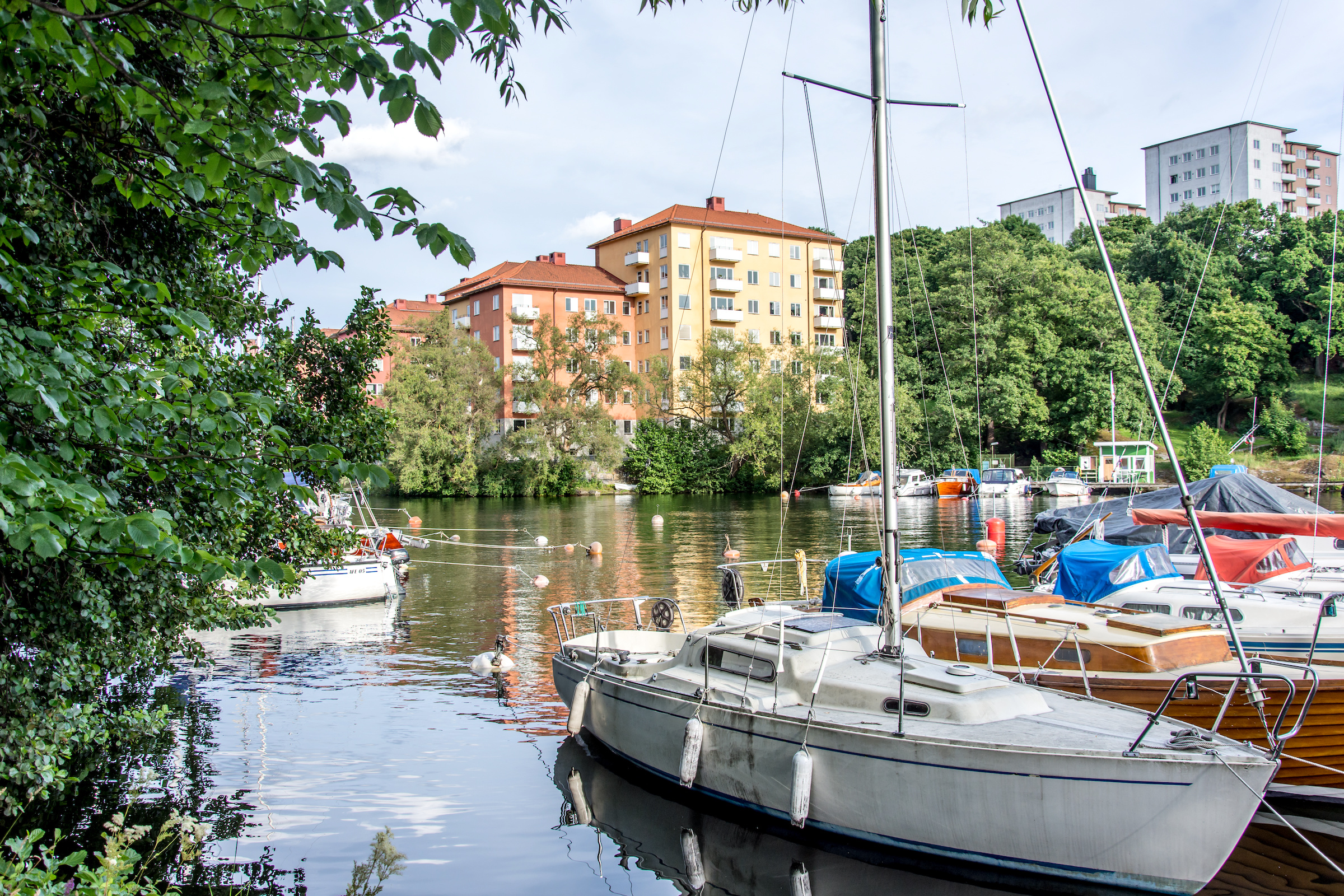Skansen
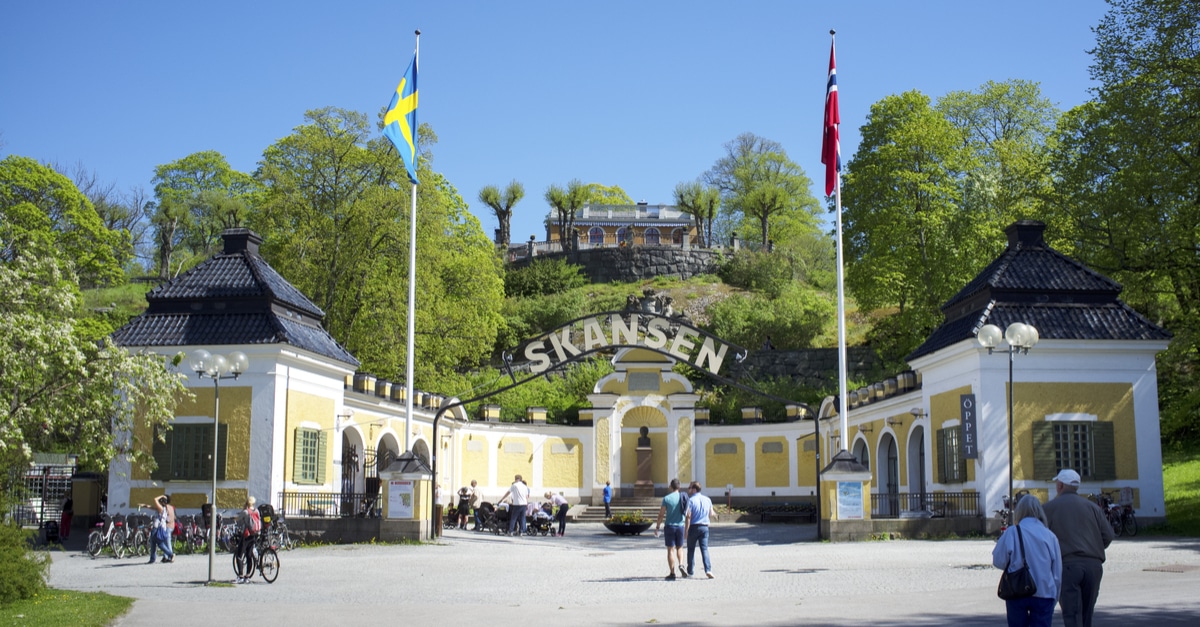
The open-air museum
The great location in the middle of Stockholm, the lovingly designed animal park with petting zoo, the large green areas and numerous playgrounds make Skansen one of the most popular destinations in all of Scandinavia. Every year, about 1.4 million guests from all over the world visit the museum.
As the first museum of its kind, Skansen was created in 1891 by the Swedish ethnographer Artur Hazelius (1833 - 1901), initially as part of the Nordic Museum. Covering an area of 300,000 square meters, Skansen today has the appearance of a 19th century Swedish village, with each building having a different function, representing a different social class and originating from a different region of Sweden.
The village includes a church (where real weddings and baptisms also take place), several farms with livestock of old Nordic breeds, workshops such as a blacksmith's shop, a printing press , a bookbindery and a bakery.
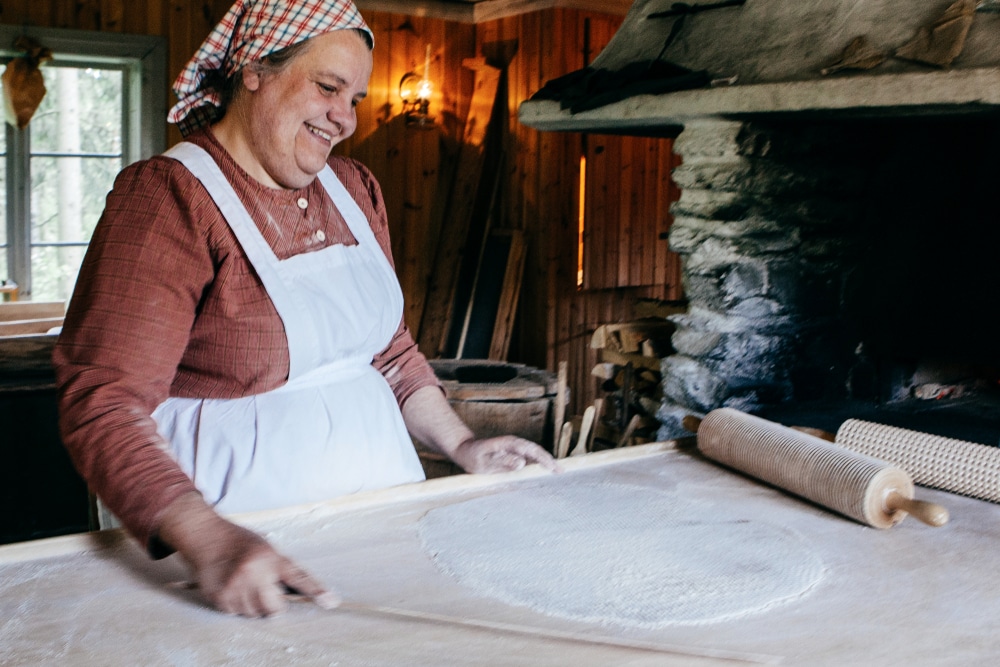
The animal park
Focus of the zoo with about 300 animals is the animal world of Scandinavia: moose, bears, lynxes and wolves. In addition, there are also animals from other parts of the world to see (for example, in the monkey house or in the aquarium), as well as the "Lill-Skansen" petting zoo. Especially the wild animals of Northern Europe are difficult for the Swedish tourist to observe in the wild. The most likely encounter is with a moose, which is not without danger for drivers, but those who are actually interested in animals such as wolverines, brown bears or wolves can gain a first impression of their way of life at Skansen.
The aquarium is home not only to fish and other aquatic creatures, but also to reptiles, insects, spiders and calicoes. The latter are allowed to roam freely in certain areas, which means that visitors sometimes thoroughly on sweets.
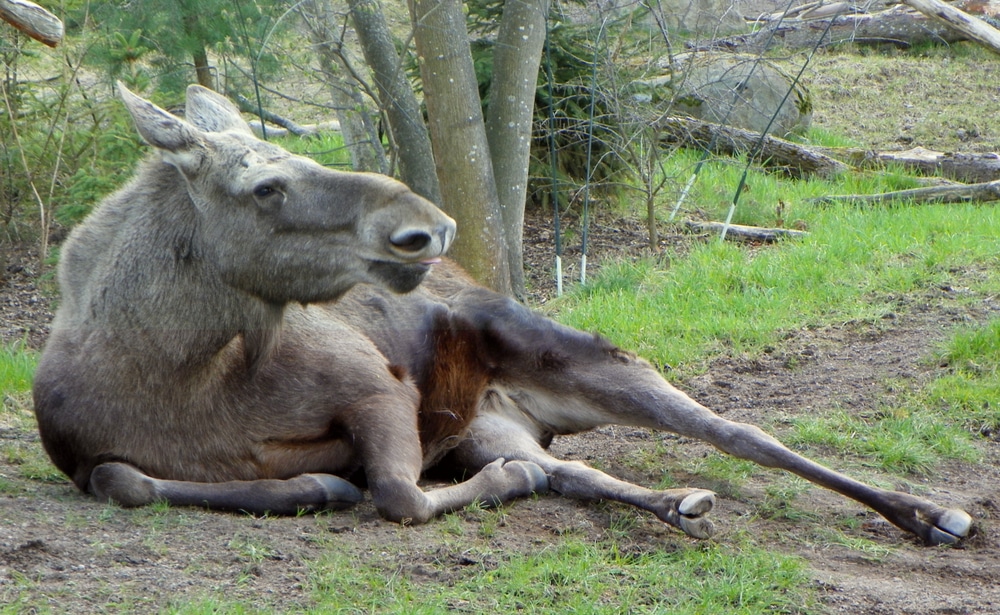
Skansen for children
The open-air museum thrives on the fact that its visitors are not only informed and entertained, but are encouraged to participate everywhere. Especially for children it is an experience to try out traditional farming and handicraft activities. Merchant stores offer products from another time, and all Skansen employees are happy to explain their work and the life they represent (almost all Swedes can do this very well in English, many also in German).
Visitors are also naturally included in the festivities. Even a short walk around the grounds reveals beautiful views of the Swedish capital and idyllic places to rest and picnic, as well as many things to experience that are otherwise only known from books or movies. To make it easier for first-time visitors to find their way through Skansen, the museum has produced a leaflet on its homepage, also in German, which lists and briefly explains the most important stations for a one- or two-hour tour. Particularly attractive, and not only for children, are the zoo and the aquarium of Skansen.
Annual festivals in Skansen
Since Skansen is dedicated to bringing Swedish traditions to life, it is important to celebrate the traditional festivals extensively.
- One of the highlights is Valborgsmässoafton, the evening before May 1, when students traditionally put on their caps to begin the last part of the academic year. Large bonfires are lit throughout the country, similar to Easter fires, to drive away winter as well as witches and evil spirits. People usually sing, dance and celebrate until late at night. At the same time, Valborg marks the actual beginning of spring with warm and sunny days and the time when Swedes spend as many free minutes as possible outside.
- The Midsummer Festival, Midsommar, represents the beginning of summer. Many wear the Swedish national costume, girls and women have flower wreaths in their hair, people dance around the maypole, sing and party until late at night. Now it is dark at night for only a few hours, people enjoy light and warmth and celebrate accordingly exuberantly.
- After the festivities of autumn and harvest, Skansen is transformed into a Swedish fairyland in the run-up to Christmas. On weekends, the open-air museum is one Christmas market, and on weekdays, the courtyards of Skansen host Julbord celebrations, traditional lavish Christmas feasts (julbord ~ Christmas table).
- The Lucia celebration on December 13 is the highlight of pre-Christmas events, especially for children. A girl dressed in white with a red sash and a wreath of candles in her hair, accompanied by a children's choir, goes from house to house in the morning, wakes up the inhabitants with the traditional Lucia song (which, like the saint of the same name, originates from Italy) and distributes saffron cookies.
- Christmas itself is of course also celebrated in Skansen - with cooking, baking and singing together.
- New Year's Eve also has a long tradition and is popular with Stockholmers and visitors alike. The New Year's Eve celebration and fireworks at midnight are broadcast live annually by Swedish television.
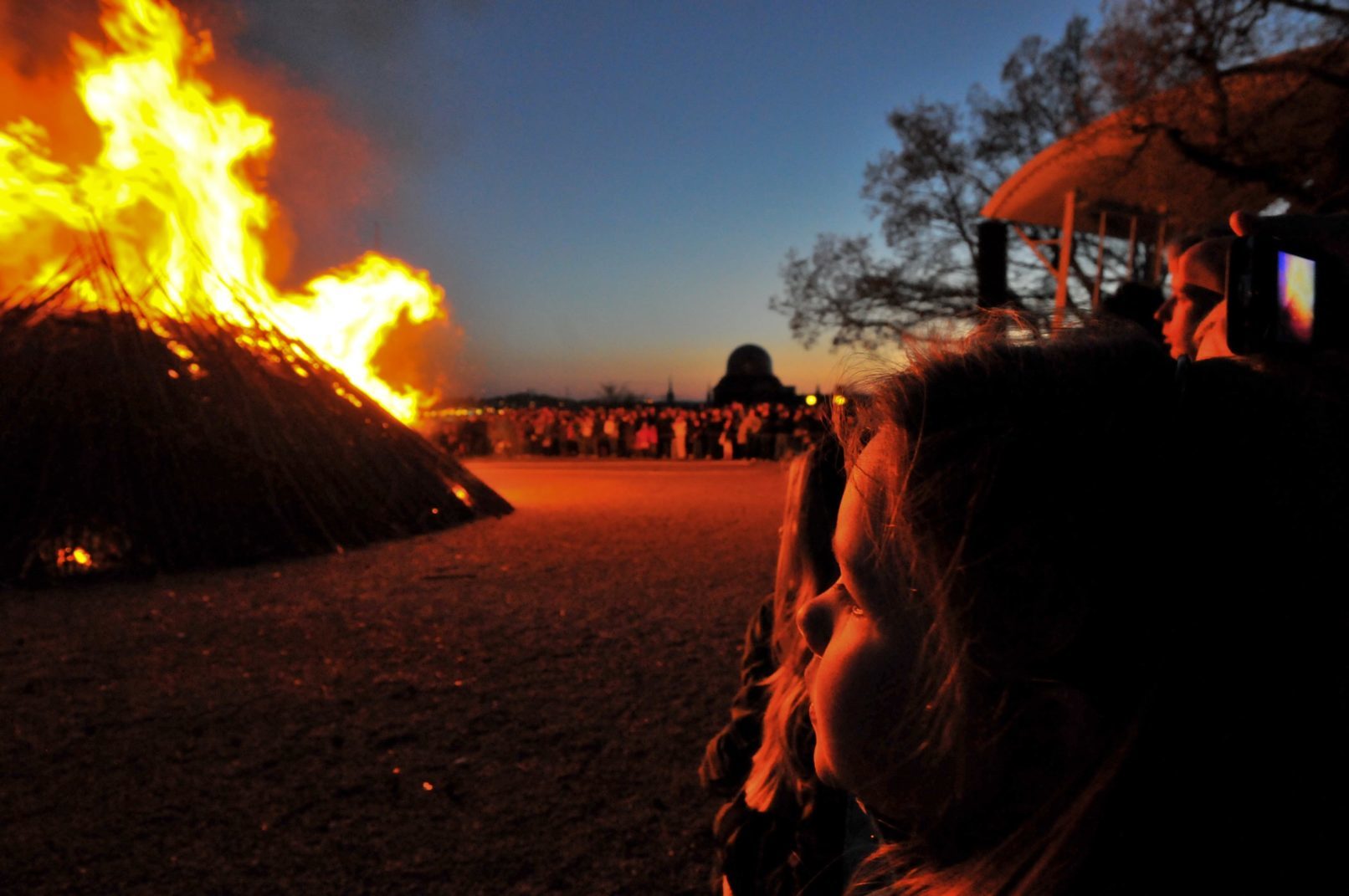
Restaurants and cafes
Throughout the park there are numerous restaurants and cafes, which offer especially traditional Swedish dishes.
- Café Petissan (in the district): student cafe with a beautiful courtyard.
- Stora Gungan Restaurant (in front of the upper escalator hall): 19th century style restaurant
- Sollidens Restaurant: Restaurant with Swedish cuisine and a great view of Stockholm
- Tre Byttor Restaurant: Summer restaurant with Swedish home cooking.
- Bollnästorget Restaurant: outdoor self-service snack bar.
